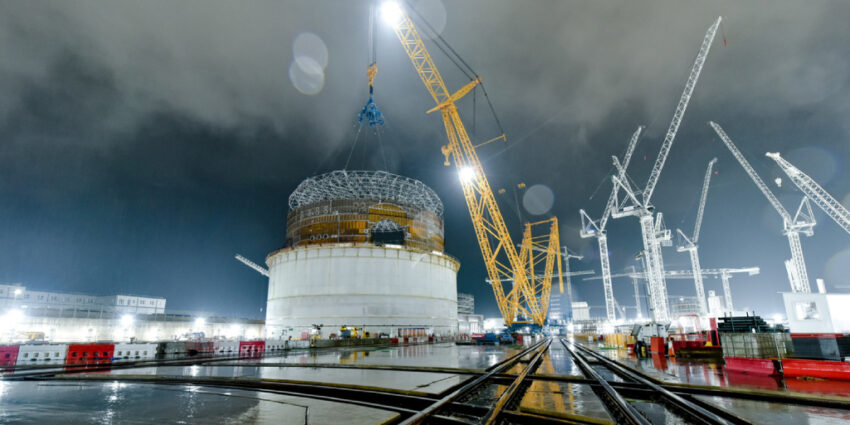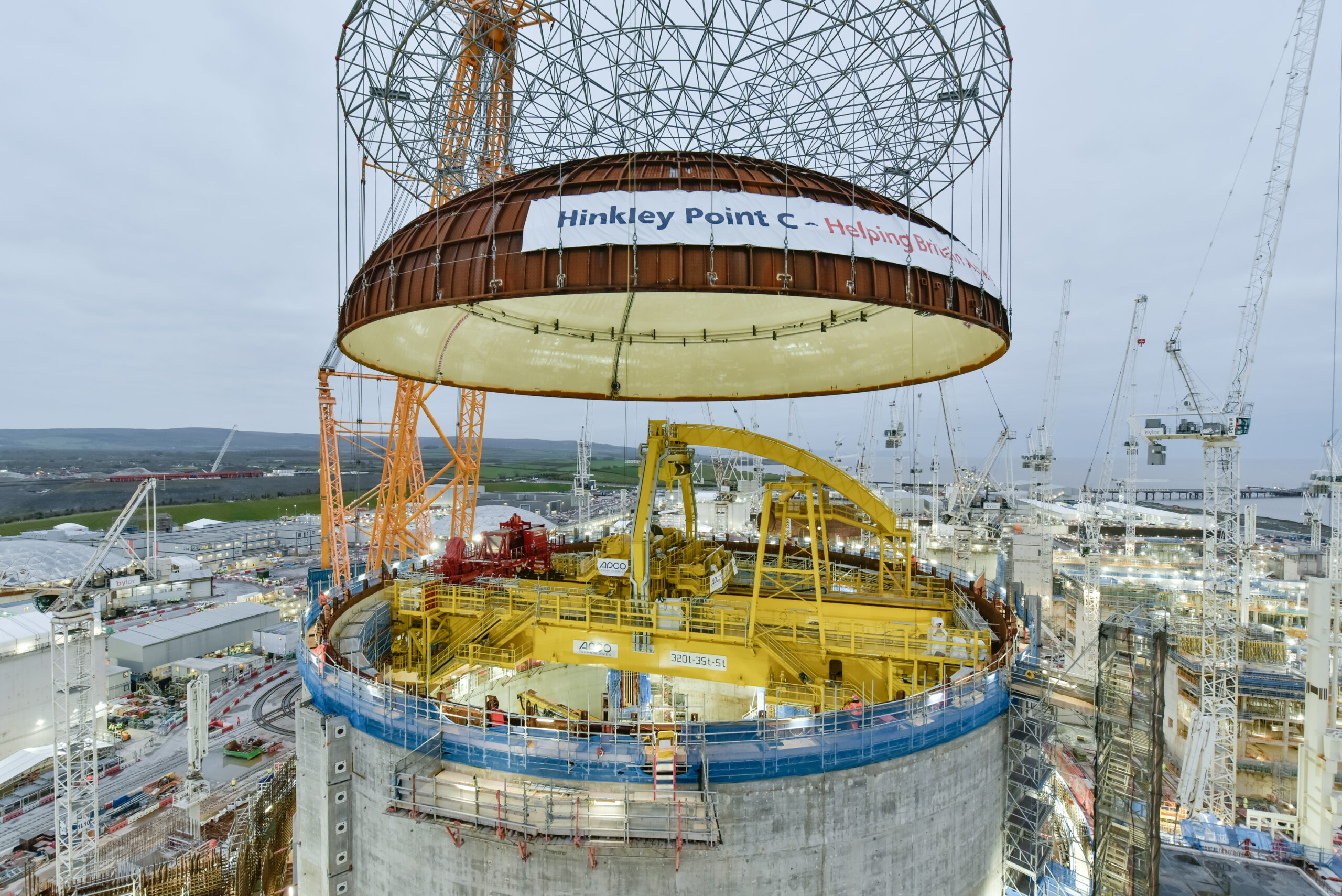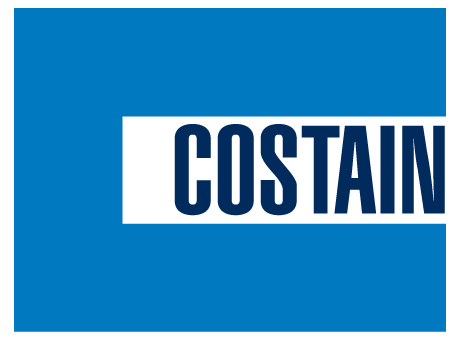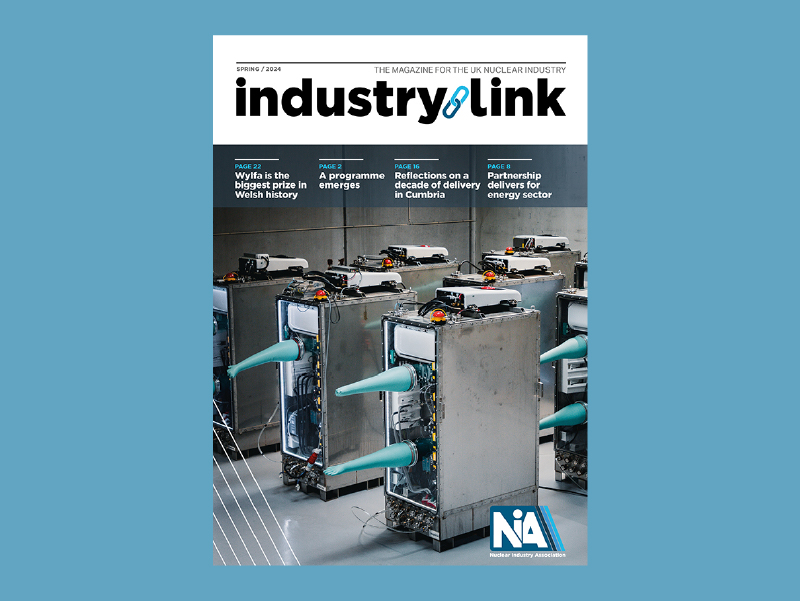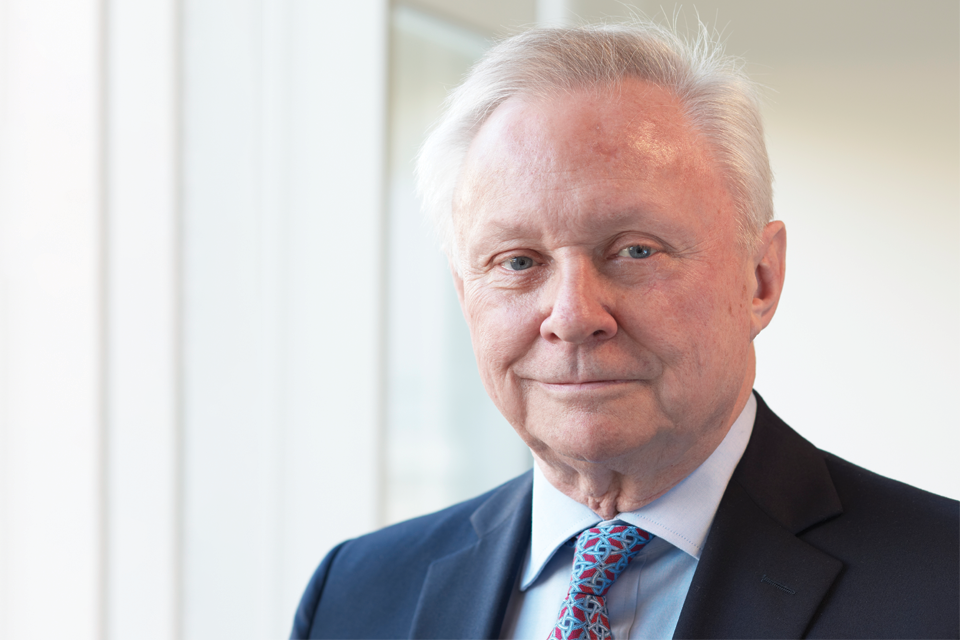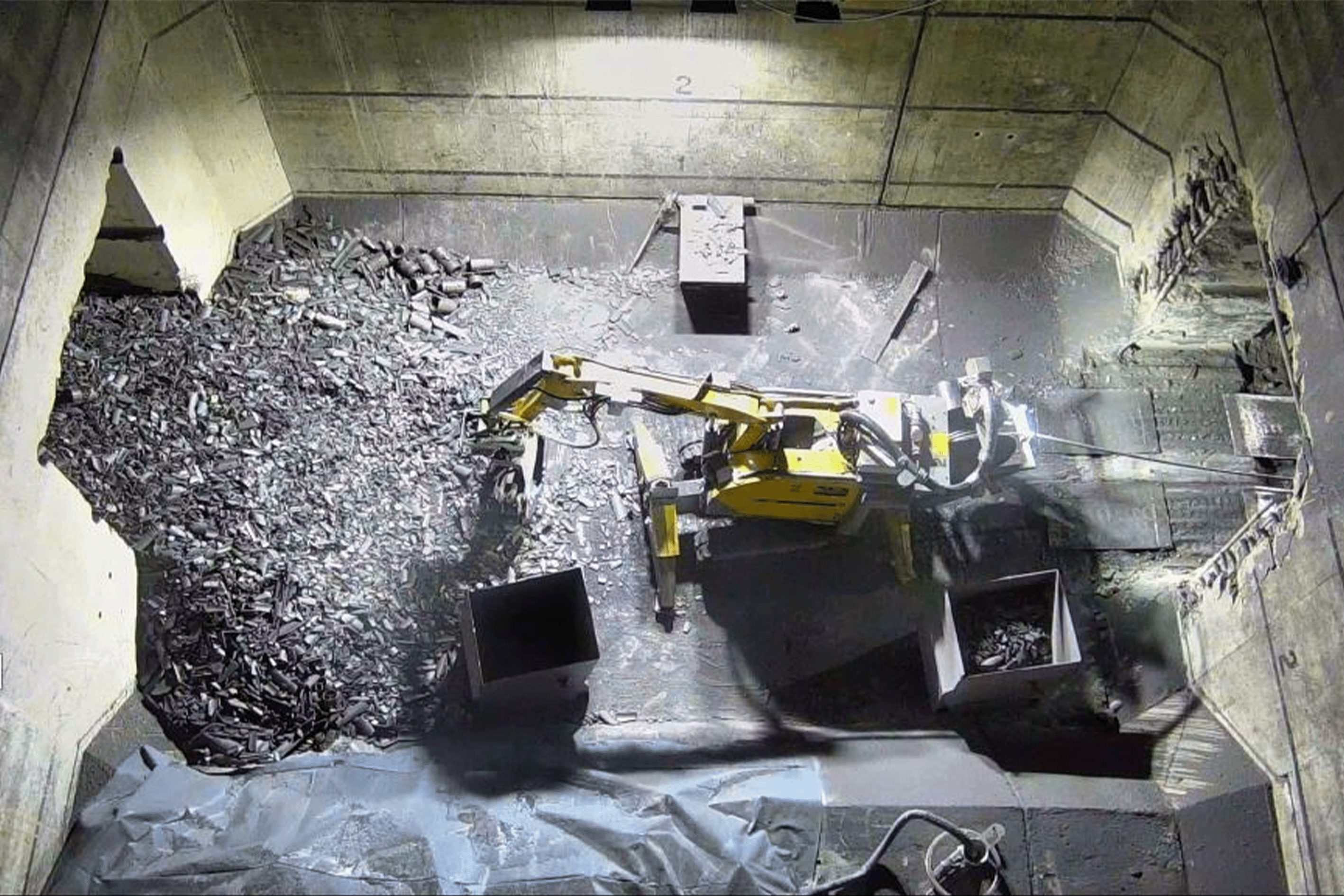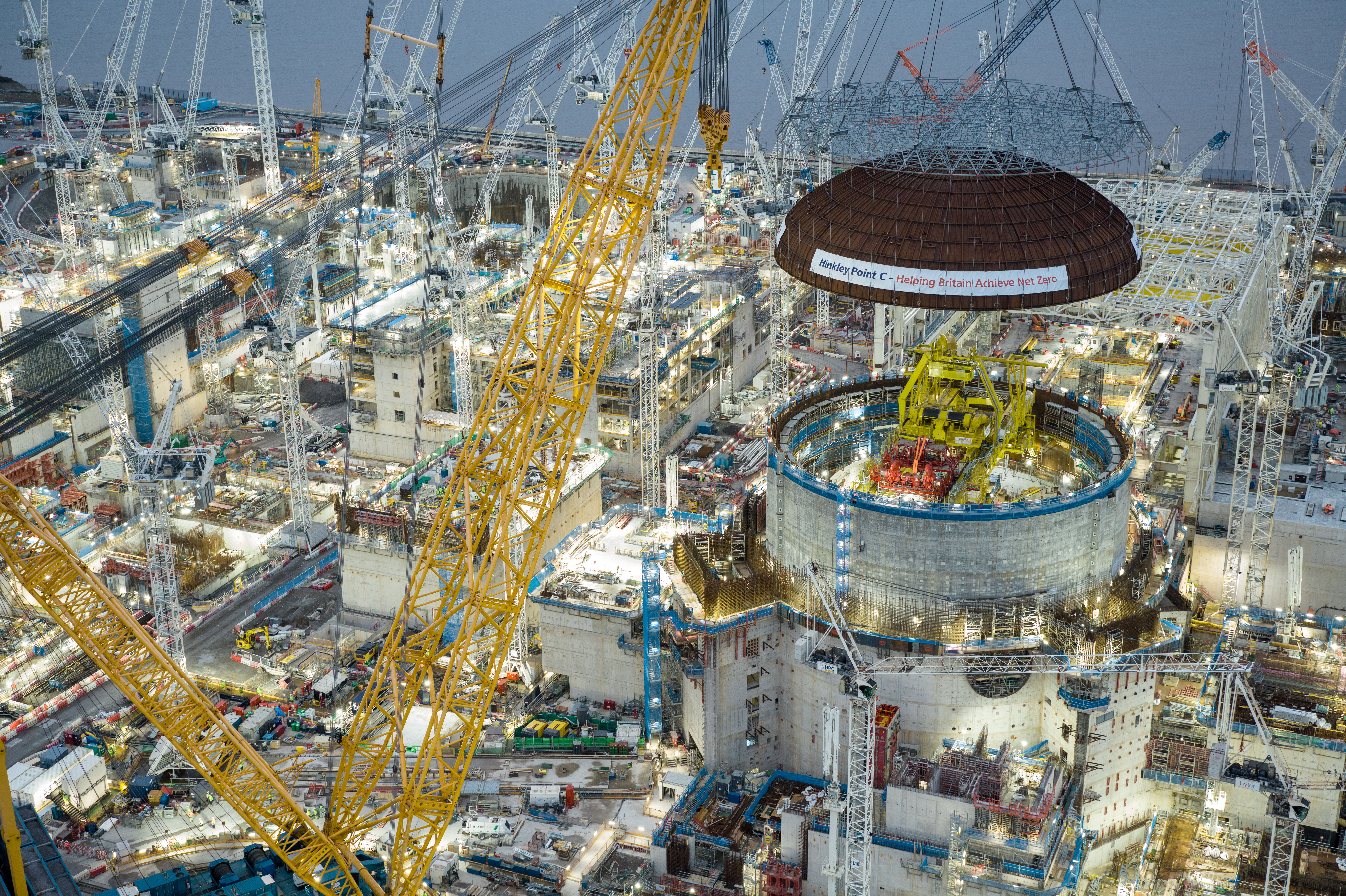Big Carl’s big lift at the beginning of this month reminded me of the immense engineering and construction skill that goes into building nuclear power stations.
The world’s largest crane lifted a steel containment ring 17 metres high and 47 metres across out of its bunker at Hinkley Point C to make way for construction of a third ring. For scale, the ring is the height of a five-storey mansion block, and it would reach from the six-yard box to the halfway line at my beloved Craven Cottage.
The real treat is that this ring was built 36% faster than the first one. When we talk about “fleet build” and economies of scale and repetition, this is what we mean. As the workers on site repeat tasks, as they apply lessons from previous work, the quality goes up, the time goes down, and costs fall. Bylor and other companies leading that aspect of construction are finding ways to get the job done, by combining their own innovation with the experience their international partners bring from other nuclear projects.
The containment rings are not the only places where we’ve seen this efficiency. At Unit One of Hinkley Point C, it took 25 hours to install a tonne of rebar. At Unit Two, it was 16 hours. A major concrete pour at Unit One took nine months. The equivalent at Unit Two took six months. These are very encouraging results not just for Hinkley Point C, but for planned construction at Sizewell C and for the rest of the nuclear industry. It shows that the sector can deliver in concrete and steel the promises we made on paper about cost reduction and project delivery.
This success also provides a lesson about sustaining skills and expertise across our supply chain. Hinkley Point C is the first nuclear new build the UK has undertaken since Sizewell B was completed in 1995. The project has had to reactivate a whole supply chain that was dormant and re-establish a skills base that hadn’t been used in years. We now have activated that supply chain and are establishing that skills base. It provides thousands of good, well-paying jobs to people across this country, including the people operating Big Carl and building the containment rings. Hundreds of apprentices are being trained, providing them opportunities to build a better life, and investment is flowing to local communities.
We now have a choice: to keep that going by building more nuclear capacity, or walking away again. In practical terms, doing nothing on new nuclear means walking away. It means letting our skills base wither, forfeiting jobs for the next generation, and watching emissions rise as our current nuclear fleet retires. By building more, we will embrace all the opportunities nuclear investment provides in a green economy. I hope we will make the right choice.
